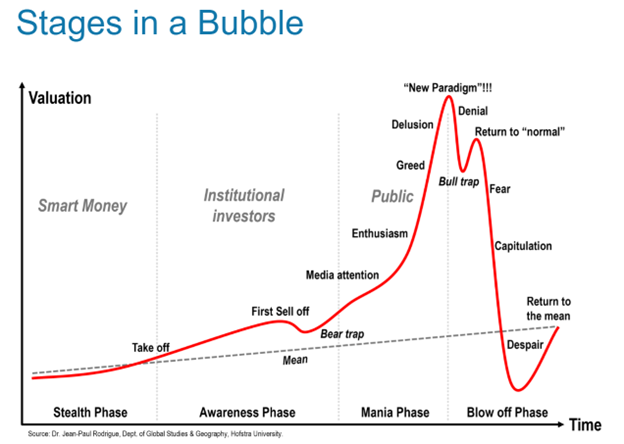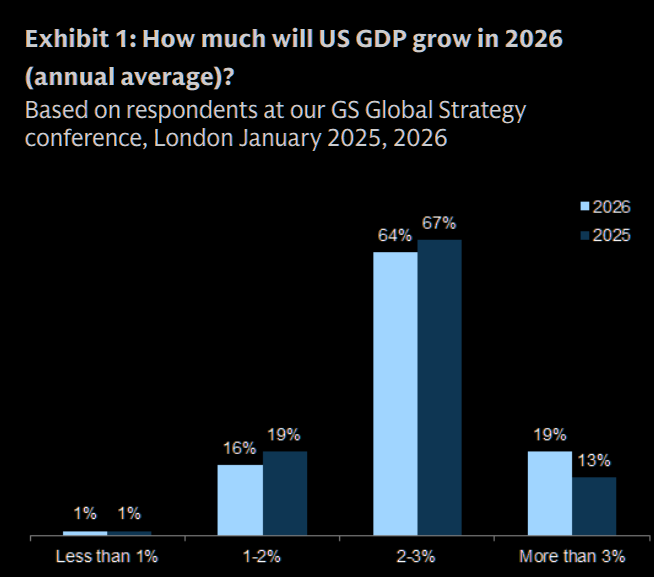American higher education is facing a crisis of ideological homogeneity. According to a recent survey, 72% of conservative faculty fear losing their jobs due to their speech. This alarming trend can partially be blamed on accreditation agencies. Since 2020, there has been a concerted effort to push diversity, equity, and inclusion policies into college accreditation, threatening the autonomy and values of heterodox institutions. To navigate this challenge, these institutions can look to the historical Western College Society, which, despite its imperfections, offers a model for colleges to provide funding and quality control for themselves.
Accreditation and DEI
The government does not freely provide funds to all colleges. Instead, a college must be approved by an accreditation agency. These organizations are responsible for ensuring standards in higher education. However, accreditation agencies must be recognized by the Department of Education to receive government aid. More prestige is conferred by recognition from the Council for Higher Education Accreditation, a private organization made up of many accreditation agencies. Colleges and universities are indirectly affected by the decisions of the Department of Education and CHEA. All institutions that accept government funding must be accredited, and even those that reject federal funding seek accreditation to maintain their reputation. Most consumers of higher education expect schools to be accredited as proof of legitimacy. An institution of higher education that loses accreditation is likely to see a decrease in admissions and face financial hardships. For example, St. Augustine’s University in North Carolina will likely lose accreditation and become insolvent. Accreditation makes or breaks colleges.
Recently, CHEA and its member accreditors have adopted DEI. CHEA, in response to calls for “social justice” after George Floyd’s death, made DEI policies required for recognition. However, there has been pushback. Several states like Florida and Texas have banned DEI practices, causing local accreditors to hesitate on DEI policies. In December, the Southern Association of Colleges and School Commission on Colleges, which accredits universities in Texas and Florida, did not adopt DEI standards. Despite internal pressure, the agency has become one of the few accreditation organizations not to require DEI.
Historical inspiration
A major driver for the current educational crisis is the monopoly maintained by the federal government on funding higher education through loans and grants. However, history shows us a different path is possible. In his book “The History of Higher Education,” Robert Geiger shares the story of the Western College Society. In 1801, American Congregationalists and Presbyterians created the Plan of Union, an agreement between both groups to promote and spread the Calvinist tradition across the country. As the century continued Calvinists founded colleges across the western frontier. However, it was difficult for these institutions to grow because most of their students came from poor rural backgrounds. So, in 1843, the Western College Society was formed to support the work of frontier Calvinist colleges by raising money from the wealthier east coast. Institutions funded by the society included Wabash College, Western Reserve College (now Case Western Reserve University), and Marietta College.
The society was successful in supporting member institutions. During the 1840s, Western Reserve almost went bankrupt but was saved with funding from the society. On top of funding, the Western College Society was a source of quality control. Donors wanted to make sure their money was used properly. Institutions receiving aid were expected to maintain a strong classical curriculum, focus on training ministers, and host revivals on campus. Colleges were required to send annual reports on how they were meeting these goals. At one point, the society prevented Knox College from becoming coeducational because that would have clashed with the society’s objectives. This was done without government intervention.
However, the Western College Society was not perfect. Its biggest flaw was the organization’s denominational dependence. In 1853, the Presbyterians left the Plan of Union, and the Western College Society became a Congregationalist organization. It fell into obscurity and ended in 1874. Once denominational conflict occurred, the society could not stand.
In today’s diverse and interconnected world, like-minded colleges must band together. Institutions are capable of funding and controlling themselves without accreditors, yet it is important to avoid the pitfalls of the Western College Society. Colleges should avoid sectarian conflict that could disrupt reform efforts. By working together, colleges can create a strong support network that allows them to seize opportunities. A new collaborative approach can also offer a potential solution to the challenges posed by DEI. If colleges can organize themselves then they can avoid centralized decision-making bodies. By building on the model of the Western College Society, American higher education can become freer.
Full story here Are you the author? Previous post See more for Next postTags: Featured,newsletter


























